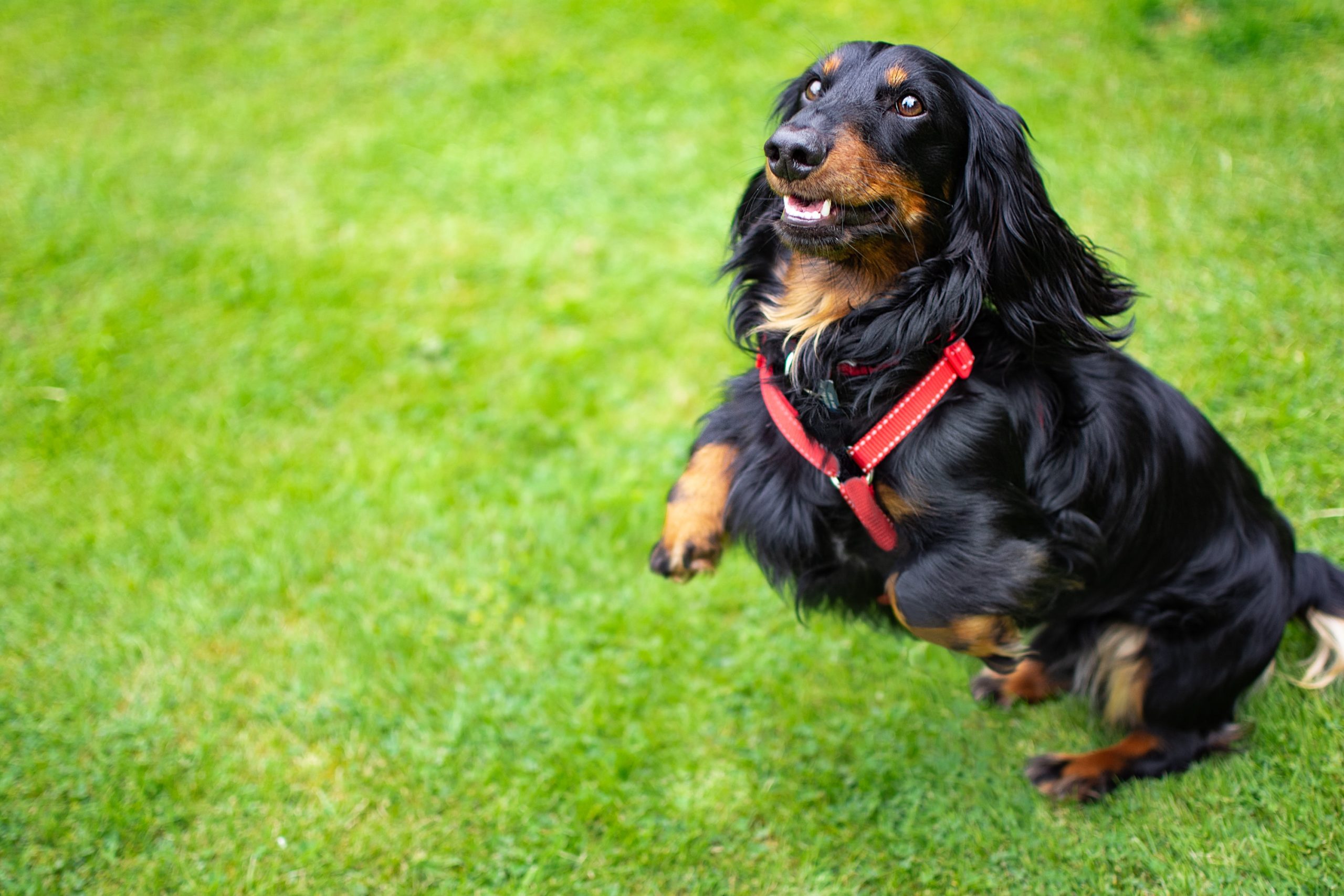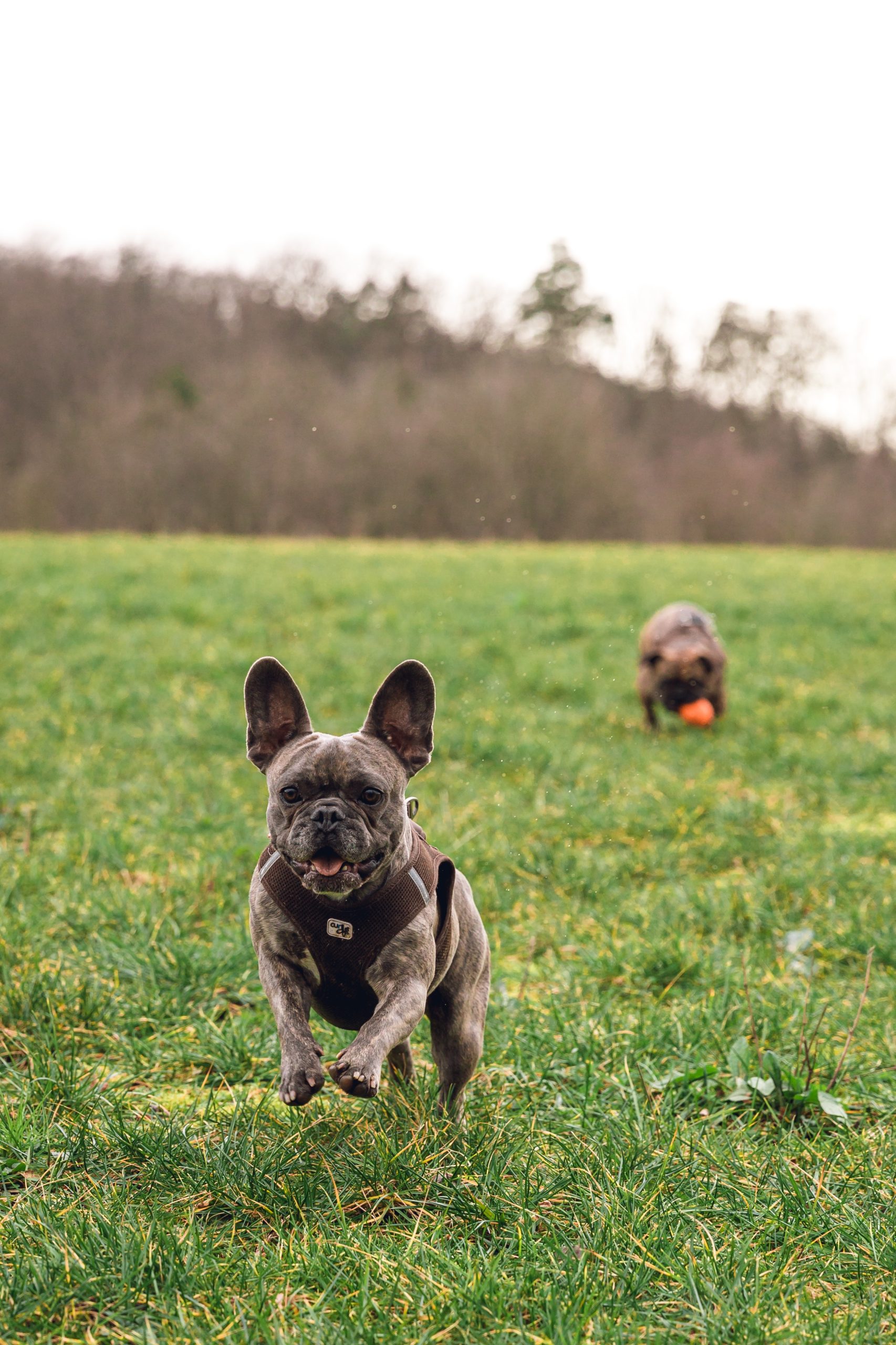Teaching Dogs Polite Greetings: Transforming Jumping into Graceful Greetings
Learn effective techniques and tips for teaching your dog polite greetings and how to stop them from jumping on people, improving their behavior and strengthening the bond between you and your furry friend.
Why Teaching Dogs Polite Greetings is Essential
Teaching dogs to greet people politely without jumping is crucial for several reasons. Allowing dogs to continue jumping on people can pose safety concerns for guests and the dog’s well-being. Uncontrolled jumping may lead to accidental injuries, especially for children or elderly individuals. Moreover, understanding and practicing polite greetings can significantly improve the overall behavior of the dog and strengthen the bond between the dog and its owner. It fosters a sense of discipline and respect, enhancing the dog’s social interactions and obedience.
Additionally, teaching polite greetings is essential for creating a positive experience for visitors and guests. When dogs exhibit polite greetings, it creates a welcoming and enjoyable environment for everyone involved. This positive interaction can lead to a more harmonious relationship between the dog, its owner, and visitors. Furthermore, by teaching dogs to greet people politely, owners can instill a sense of responsibility and control in their pets, contributing to a more balanced and well-behaved canine companion. This, in turn, can lead to a more fulfilling and enjoyable coexistence between the dog and its human family members.
Understanding Dog Jumping Behavior
When it comes to understanding dog jumping behavior, it’s important to recognize that dogs often jump as a natural greeting behavior and as a way to seek attention. For instance, when a dog is excited to see its owner or visitors, jumping may be their way of expressing joy and eagerness. This behavior is not necessarily meant to be disruptive, but it can lead to safety concerns for guests and the well-being of the dog. For instance, a large or overly enthusiastic dog may accidentally knock over a child or an elderly person, resulting in potential injuries. Therefore, it is crucial to address this behavior to ensure the safety of everyone involved.
It’s also important to remember that using rough tactics to stop jumping can have negative effects, as it may inadvertently encourage the behavior by reinforcing it as a form of play. Instead of resorting to harsh methods, it’s advisable to focus on positive and gentle training techniques that promote a calm and controlled approach to greetings. Additionally, managing greetings by having the dog on a leash and educating greeters on how to interact with the dog are vital steps in addressing jumping behavior. By implementing these measures, dog owners can effectively manage the greeting process and create a safer and more controlled environment for both the dog and the guests. Understanding the underlying reasons for the behavior is essential for implementing effective training techniques, as it allows dog owners to tailor their approach to each specific situation, ultimately leading to more successful outcomes.
Training Techniques for Polite Greetings
Training dogs to greet people politely without jumping requires a combination of practical techniques and consistent reinforcement. One effective method is the “sit for greetings” game, which involves teaching the dog to sit instead of jumping when meeting individuals. This technique focuses on replacing the jumping behavior with a more polite gesture by consistently reinforcing the action of sitting during greetings. For example, when a visitor arrives, the dog is encouraged to sit and remain calm, and upon successful execution, they receive treats and praise, reinforcing the desired behavior.
Positive reinforcement techniques are vital in this training process, as they emphasize the desired behavior and reward the dog for complying with the commands. For instance, when the dog sits instead of jumping, they are immediately rewarded with a treat or verbal praise, creating a positive association with the polite greeting behavior. Consistency is also key in implementing these techniques. It’s essential for dog owners to consistently reinforce the action of sitting during greetings to ensure that the behavior becomes ingrained in the dog’s routine and responses to visitors.
Additionally, a three-step process for changing unwanted behavior in dogs when greeting people involves visualizing the desired behavior, preventing reinforcement of the unwanted behavior, and consistently reinforcing the desired behavior. This means that dog owners should visualize and establish the exact behavior they want to see when their dog greets people, avoid inadvertently reinforcing jumping by not providing attention when the dog jumps, and consistently reward and encourage the dog when they exhibit the desired polite greeting behavior. By following these techniques and processes, dog owners can effectively train their pets to greet people politely without jumping, creating a more harmonious interaction for both the dog and the visitors.
Practical Tips for Implementing Polite Greetings
When implementing practical tips for teaching dogs polite greetings, it is essential to provide step-by-step guidance to address various scenarios. For instance, when teaching a dog to greet family members, it’s crucial to reinforce the sit command and use positive reinforcement techniques to encourage the desired behavior. This might involve rewarding the dog with treats or verbal praise when they maintain a calm and polite demeanor during greetings. Similarly, when introducing the dog to guests in the home, it’s important to educate visitors on how to interact with the dog, emphasizing the importance of not encouraging jumping and providing alternative methods of greeting, such as offering a hand for the dog to sniff. These consistent practices can help the dog understand the expected behavior during greetings, promoting a harmonious interaction with guests.
Moreover, providing troubleshooting tips for situations where the dog jumps when someone walks in the door can aid in managing and correcting this behavior. For example, one effective strategy is to redirect the dog’s attention by asking them to perform a known command, such as sitting or fetching a toy, before the guest enters. This helps the dog focus on a positive and familiar activity, reducing the likelihood of jumping and reinforcing polite greetings. Additionally, using counter-conditioning techniques can be beneficial in addressing fearful greetings in dogs. By gradually exposing the dog to positive experiences with visitors and associating their presence with rewards and enjoyable activities, the dog’s apprehension can be replaced with a positive outlook, leading to more relaxed and polite interactions [2].
Consistency and Persistence in Training
Consistency and persistence play a vital role in training dogs not to jump on people when greeting them. It’s important to understand that changing a dog’s behavior requires time, effort, and unwavering consistency. When implementing training techniques to discourage jumping, dog owners must be dedicated to applying the methods consistently in various situations.
For instance, if a dog is being trained to sit and stay when the doorbell rings, it’s essential for the dog owner to maintain the same routine every time the doorbell rings, regardless of who is at the door. This consistency reinforces the expected behavior and helps the dog understand what is required of them. Similarly, if the dog is being trained to greet guests politely without jumping, the training should be practiced with different visitors to ensure that the behavior is consistently reinforced in the dog’s mind.
Persistence is equally critical in training dogs to exhibit polite greetings. It’s natural for dogs to revert to old habits, especially if they have been allowed to jump on people for a long time. Therefore, dog owners must persist in their efforts, even if progress seems slow at first. Over time, the dog will begin to understand the expectations and respond accordingly, but this requires dedication and persistence from the owner.
Reinforcing Polite Greetings: The Positive Impact
Teaching dogs polite greetings without jumping is essential for creating a safe and enjoyable environment for both the dog and its human companions. Allowing dogs to continue jumping on people poses potential risks, including safety concerns for guests and the dog’s well-being. For instance, a large dog jumping on a child or an elderly person can lead to accidental injuries. Additionally, the dog’s enthusiasm may not always be well-received, causing discomfort or anxiety for some individuals. Therefore, by teaching dogs to greet people politely without jumping, these safety concerns can be effectively mitigated, creating a more welcoming and secure environment for everyone involved.
Moreover, teaching polite greetings has a significant impact on improving the overall behavior of the dog and strengthening the bond between the dog and its owner. When dogs learn to greet people without jumping, they are displaying obedience and self-control, which are essential attributes of a well-behaved pet. This can positively influence other aspects of the dog’s behavior, such as following commands, leash walking, and social interactions with other animals. Additionally, the process of training a dog to greet people politely fosters a stronger bond between the dog and its owner. Through consistent training and positive reinforcement, the dog learns to look to its owner for guidance and approval, deepening the sense of trust and respect in the relationship. Ultimately, teaching polite greetings not only enhances the dog’s behavior but also strengthens the emotional connection between the dog and its owner, leading to a more fulfilling and harmonious companionship [2].



